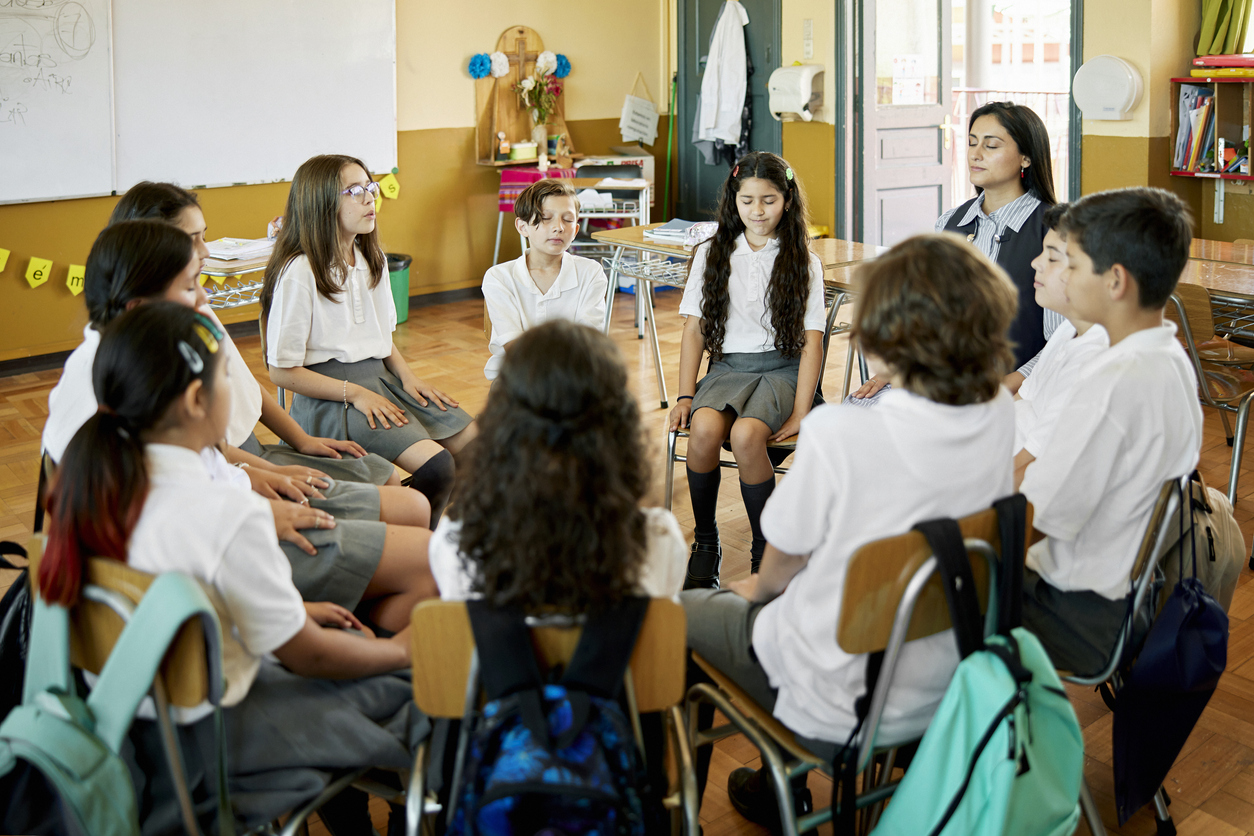In today’s educational landscape, it’s essential to recognise the significance of trauma-informed teaching. This approach involves a fundamental shift in mindset, where educators view student behaviours through the lens of trauma. Trauma-informed teachers understand how stress and trauma affect a student’s brain and their ability to manage emotions, behaviour, and learning. This article explores the key principles of trauma-informed teaching and how teachers can create a safe and supportive environment for their students.
The Impact of Trauma on Students
- Brain Development: Trauma-informed teachers acknowledge that the impact of stress and trauma primarily affects a student’s limbic system and brainstem, hindering their ability to regulate emotions and learn effectively.
- Academic and Behavioral Issues: There is a direct correlation between trauma and low academic achievement and behavioural challenges among students. Understanding this link is crucial for effective teaching.
- Prevalence of Trauma: A 2015 study revealed that over 60% of students have experienced trauma, with one-third having two or more adverse childhood experiences (ACEs). In 2019, it was discovered that students with four or more ACEs are 50 times more likely to face academic or behavioural challenges.
Responding, Not Reacting
- Behaviour as Communication: Trauma-informed teachers recognise that a student’s dysregulation often stems from unmet needs or a way to cope with stress. These behaviours should be seen as calls for help rather than defiance.
- Deeper Needs: In order to respond effectively to a dysregulated student, teachers must look beyond surface actions and identify the deeper needs that have not been met. It’s essential not to take these behaviours personally.
- Positive Relationships: Building positive student-adult relationships is critical. It’s not about what’s wrong with students; it’s about what happened to them. Creating a safe space where students feel valued and understood is paramount.
Creating a Safe and Supportive Classroom
- Consistency and Predictability: Traumatised students thrive in a consistent and predictable environment. Teachers should establish routines and a sense of stability in the classroom.
- Noticing and Validating: Small gestures like acknowledging a new haircut or validating a student’s feelings can go a long way. Being present and showing genuine interest in students’ lives is essential.
- Teacher Regulation: Trauma-informed teachers are aware of their own emotional states and strive to stay regulated. A calm teacher’s presence has a calming effect on students.
Self-Care for Teachers
- Importance of Self-Care: Teaching can be a highly stressful profession, and practising self-care is essential to prevent burnout and compassion fatigue.
- Regulation Techniques: Teachers can employ various techniques to regulate their own emotions, such as starfish breathing and box breathing. These techniques help teachers stay focused and calm in the classroom.
Conclusion
In conclusion, trauma-informed teaching is not just a teaching method but a compassionate approach that recognises the impact of trauma on students’ lives. By shifting our mindset, building positive relationships, and practising self-care, educators can create a safe and supportive learning environment that empowers students to overcome the challenges posed by trauma.
Every teacher has the opportunity to make a lasting and positive impact on a student’s life, regardless of their past experiences.
Related posts:
 The Power of Regulation in Education – Creating a Positive and Regulated Learning Environment
The Power of Regulation in Education – Creating a Positive and Regulated Learning Environment
 Mastering Your Emotions: A Comprehensive Guide to Developing Emotional Intelligence
Mastering Your Emotions: A Comprehensive Guide to Developing Emotional Intelligence
 Understanding Right Hemisphere Connection in Parenting
Understanding Right Hemisphere Connection in Parenting
 Teacher Self-Care in Trauma-Informed Classrooms: Prioritizing Wellbeing for Lasting Impact
Teacher Self-Care in Trauma-Informed Classrooms: Prioritizing Wellbeing for Lasting Impact




